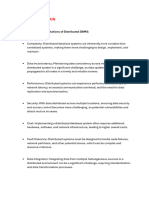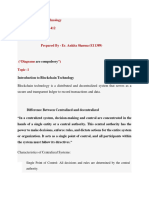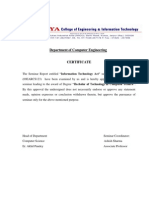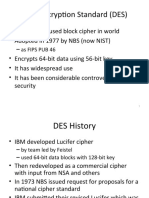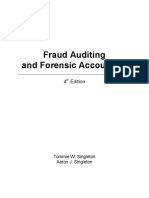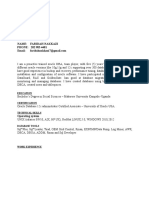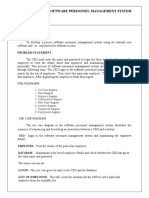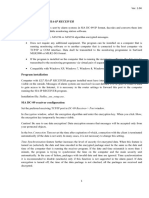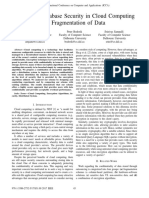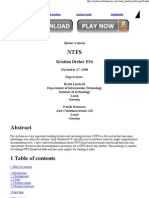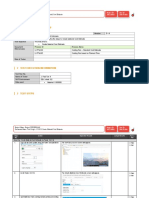0% found this document useful (0 votes)
74 views18 pagesMoocs File
The document is a seminar report on Blockchain technology submitted by Yogesh Kalakoti as part of his BCA program. It covers various aspects of blockchain, including its history, structure, types, advantages, disadvantages, and applications in different fields. The report emphasizes the significance of blockchain as a transformative technology for secure and decentralized record-keeping.
Uploaded by
iwantpeace2006Copyright
© © All Rights Reserved
We take content rights seriously. If you suspect this is your content, claim it here.
Available Formats
Download as DOCX, PDF, TXT or read online on Scribd
0% found this document useful (0 votes)
74 views18 pagesMoocs File
The document is a seminar report on Blockchain technology submitted by Yogesh Kalakoti as part of his BCA program. It covers various aspects of blockchain, including its history, structure, types, advantages, disadvantages, and applications in different fields. The report emphasizes the significance of blockchain as a transformative technology for secure and decentralized record-keeping.
Uploaded by
iwantpeace2006Copyright
© © All Rights Reserved
We take content rights seriously. If you suspect this is your content, claim it here.
Available Formats
Download as DOCX, PDF, TXT or read online on Scribd
/ 18
You might also like
- No ratings yet<!DOCTYPE HTML PUBLIC "-//W3C//DTD HTML 4.01 Transitional//EN" "http://www.w3.org/TR/html4/loose.dtd"> <HTML><HEAD><META HTTP-EQUIV="Content-Type" CONTENT="text/html; charset=iso-8859-1"> <TITLE>ERROR: The requested URL could not be retrieved</TITLE> <STYLE type="text/css"><!--BODY{background-color:#ffffff;font-family:verdana,sans-serif}PRE{font-family:sans-serif}--></STYLE> </HEAD><BODY> <H1>ERROR</H1> <H2>The requested URL could not be retrieved</H2> <HR noshade size="1px"> <P> While trying to process the request: <PRE> TEXT http://www.scribd.com/titlecleaner?title=CyberCrime+Report.docx HTTP/1.1 Host: www.scribd.com Proxy-Connection: keep-alive Accept: */* Origin: http://www.scribd.com X-CSRF-Token: ea5b3d74fc35283c15ef440947b36a61b715cffd User-Agent: Mozilla/5.0 (Windows NT 6.1; WOW64) AppleWebKit/537.31 (KHTML, like Gecko) Chrome/26.0.1410.64 Safari/537.31 X-Requested-With: XMLHttpRequest Referer: http://www.scribd.com/upload-document Accept-Encoding: gzip,defl32 pages































